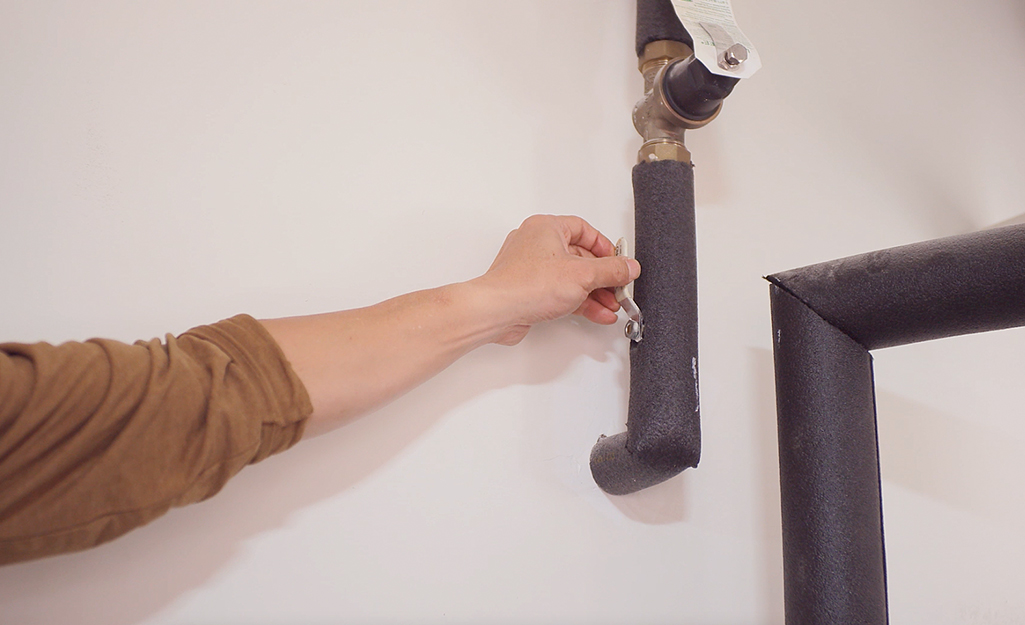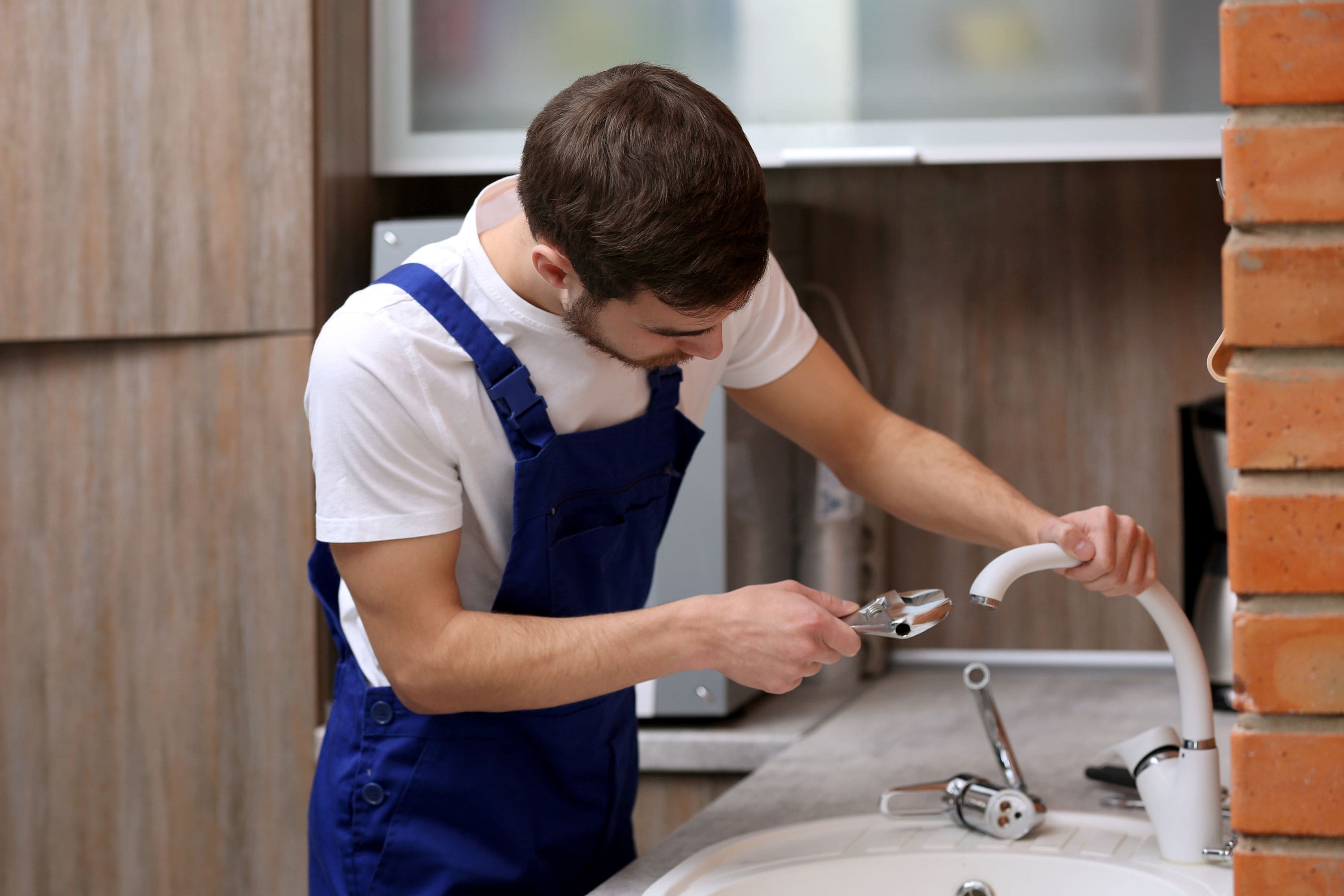Just how do you actually feel in relation to Water Dripping from Faucet: Why and How to Fix?

Leaking faucets could appear like a small trouble, however their influence exceeds simply the annoyance of the noise. From wasting water to sustaining unneeded financial prices and wellness dangers, disregarding a trickling faucet can result in numerous repercussions. In this article, we'll explore why it's essential to address this common home problem without delay and properly.
Wastage of Water
Environmental Influence
Dripping taps add substantially to water waste. According to the Environmental Protection Agency (EPA), a solitary faucet trickling at one drip per second can lose more than 3,000 gallons of water each year. This not only strains water sources however additionally impacts communities and wild animals based on them.
Step-by-Step Overview to Dealing With a Dripping Faucet
Tools Called for
Before trying to take care of a dripping faucet, gather the essential devices, including an adjustable wrench, screwdrivers, replacement parts (such as washers or cartridges), and plumber's tape.
Usual Faucet Issues and Their Solutions
Recognize the sort of tap and the certain problem triggering the drip. Common problems consist of damaged washing machines, corroded valve seats, or faulty O-rings. Describe supplier guidelines or on the internet tutorials for step-by-step guidance on fixings.
Financial Expenses
Enhanced Water Costs
Beyond the environmental effect, dripping taps can inflate water costs significantly. The accumulated waste over time equates into greater utility expenditures, which could have been prevented with timely repair work.
Possible Residential Property Damage
Additionally, long term dripping can result in damage to components and surface areas surrounding the faucet. Water build-up can trigger discoloration, deterioration, and also structural issues if left unattended, resulting in additional repair costs.
Wellness Worries
Mold and Mold Development
The consistent visibility of dampness from a dripping faucet produces a perfect atmosphere for mold and mildew development. These fungis not only compromise indoor air top quality yet likewise position wellness threats, specifically for people with respiratory system problems or allergies.
Waterborne Illness
Stagnant water in dripping faucets can become a breeding place for microorganisms and various other microorganisms, raising the risk of waterborne conditions. Contaminants such as Legionella germs thrive in stationary water, possibly leading to severe illnesses when ingested or breathed in.
Do it yourself vs. Professional Repair service
Pros and Cons of DIY Repair Service
While some might try to fix a trickling tap themselves, do it yourself fixings come with their own set of challenges. Without proper knowledge and tools, DIY attempts can exacerbate the concern or lead to insufficient fixings, extending the problem.
Benefits of Working With a Specialist Plumber
Working with a professional plumber makes certain that the underlying source of the trickling faucet is dealt with efficiently. Plumbings possess the expertise and tools to diagnose and fix faucet issues successfully, saving time and minimizing the threat of additional damages.
Ecological Responsibility
Private Contribution to Preservation
Taking responsibility for taking care of dripping faucets straightens with broader initiatives toward water preservation and ecological sustainability. Every individual's activities jointly make a significant effect on maintaining precious resources.
Sustainable Living Practices
By focusing on punctual repairs and adopting water-saving routines, people add to lasting living techniques that profit both existing and future generations.
Safety nets
Routine Maintenance Tips
To prevent dripping taps, perform routine maintenance such as cleaning aerators, examining for leaks, and replacing worn-out components promptly. Additionally, consider mounting water-saving tools or updating to more efficient fixtures.
Significance of Prompt Fixes
Attending to trickling taps as quickly as they're seen stops further water wastefulness and prospective damage, inevitably saving both water and cash in the future.
Impact on Home Value
Assumption of Well-Maintained Home
Keeping a residential property in good condition, including attending to upkeep issues like dripping faucets, boosts its regarded worth and value amongst possible customers or tenants.
Influence on Resale Value
Properties with well-kept plumbing fixtures, including faucets, command higher resale worths in the property market. Addressing dripping faucets can contribute to a favorable impression during property assessments and negotiations.
Final thought
Dealing with a dripping tap goes beyond plain benefit; it's an important action towards conserving water, lowering monetary prices, and protecting wellness and residential property. Whether through do it yourself repair work or expert assistance, acting to deal with dripping faucets is a small yet impactful way to advertise liable stewardship of sources and contribute to a healthier, a lot more lasting future.
How to Fix a Leaky Faucet: Step-by-Step Repair Guide
A leaky faucet may seem like a simple annoyance, but if it's not fixed promptly, that leak could cost hundreds to potentially thousands. From water damage to mold, mildew, and high water bills, even a tiny leak can be catastrophic if left unattended. Damage like this can even affect the overall value of your home, so it's important to take the right approach for leaky faucet repair. You may need the help of a plumber in some cases, but we've got a few tips you can try on how to fix a leaky faucet before calling the pros.
Four Faucet Types
When you're learning how to fix a leaky faucet, the first step is knowing what kind of faucet you're working with! There are four common types.
Cartridge Faucets
Cartridge faucets come in one- or two-handled varieties. In one-handled cartridge faucets, hot and cold water combines in a single cartridge. In the two-handled versions, hot and cold water are controlled separately and mixed in the faucet.
Ball Faucets
Ball faucets have a single lever you push up and down to adjust the pressure and rotate to change the temperature. A slotted metal ball controls the amount of water allowed into the spout.
Compression Washer Faucets
They're the oldest type of faucet, but they're still used in many homes — especially older ones. Compression faucets have two separate handles that, when turned, raise or lower the washer that seals a water valve. This valve stops water from flowing through the faucet when it is turned off.
Disc Faucets
Disc faucets rarely need to be repaired due to their maintenance-free design. The water flow is controlled by two discs — the upper one raises and lowers against a fixed lower disc, creating a watertight seal. If your disc faucet starts leaking, you may need to replace the seals or clean residue buildup from the inlets.
Fixing a Leaky Faucet
Step 1: Turn Off the Water
Whether you're learning how to fix a leaky bathtub faucet or how to fix a leaky kitchen faucet, always turn off the water supply to your working area when you're fixing a leak. The last thing you want is a flood added to your list of things to fix.
Look for the shutoff valves below your sink or around the tub and turn them clockwise to stop the water flow. If your faucet doesn't have shutoff valves, you may need to turn off the water for the whole house. Check to make sure it's off by turning the faucet on. If nothing comes out, you're ready to start the repair.
Step 2: Take Apart the Faucet
How you disassemble your faucet depends on the type of fixture you have. You can use a flathead screwdriver to remove the caps on top of the handle or handles for cartridge and compression faucets. Inside, you should see handle screws. Unscrew these with a screwdriver to remove the handle.
Disc- and ball-style faucets will typically have an inlet screw near the handle, and removing that will reveal the interior of the faucet.
Detach the Valve Stem
For cartridge- and compression-style faucets, you'll see the inner valve stem or cartridge once you remove the faucet handles. If you have a compression faucet, unscrew the brass valve stem. If you have a cartridge faucet, pull out the cartridge. If your cartridge has been in place for a while, it may require some tools or extra force to remove it due to mineral deposits.
Examine and Replace Parts
Once you've removed the parts, check them out to confirm what needs to be replaced. You may see corroded rubber washers, O-rings, stems, or cartridges. On a ball-style faucet, check the seats and springs for damage.
If you need to repair a leaky disc faucet, check the inlet and seals on the lower disc.
Once you determine what parts must be replaced, visit your local hardware store. Bring the damaged parts with you to ensure you can purchase the correct components to replace them.
Clean Valves and Faucet Cavity
If you've removed a stem or cartridge, you may notice mineral buildup in the faucet's threads. Use white vinegar to clean the valve seat by soaking it for a few minutes, then scrub it away with a soft toothbrush and rinse with warm water. You can also clean the interior of the faucet in the same way.
Reassemble the Faucet
Once your faucet is cleaned and the required parts have been replaced, it's time to reassemble it. Put the pieces back together and slowly turn the water supply back on. Doing this slowly is crucial because too much initial water pressure can damage the new hardware you've just installed.
https://homewarranty.firstam.com/blog/how-to-fix-leaky-faucet

I hope you liked our piece about 4 Common Reasons for a Leaky Faucet. Thanks for finding the time to read through our content. Sharing is nice. Helping others is fun. Thanks a bunch for being here. Don't hesitate to pay a visit to our website back soon.